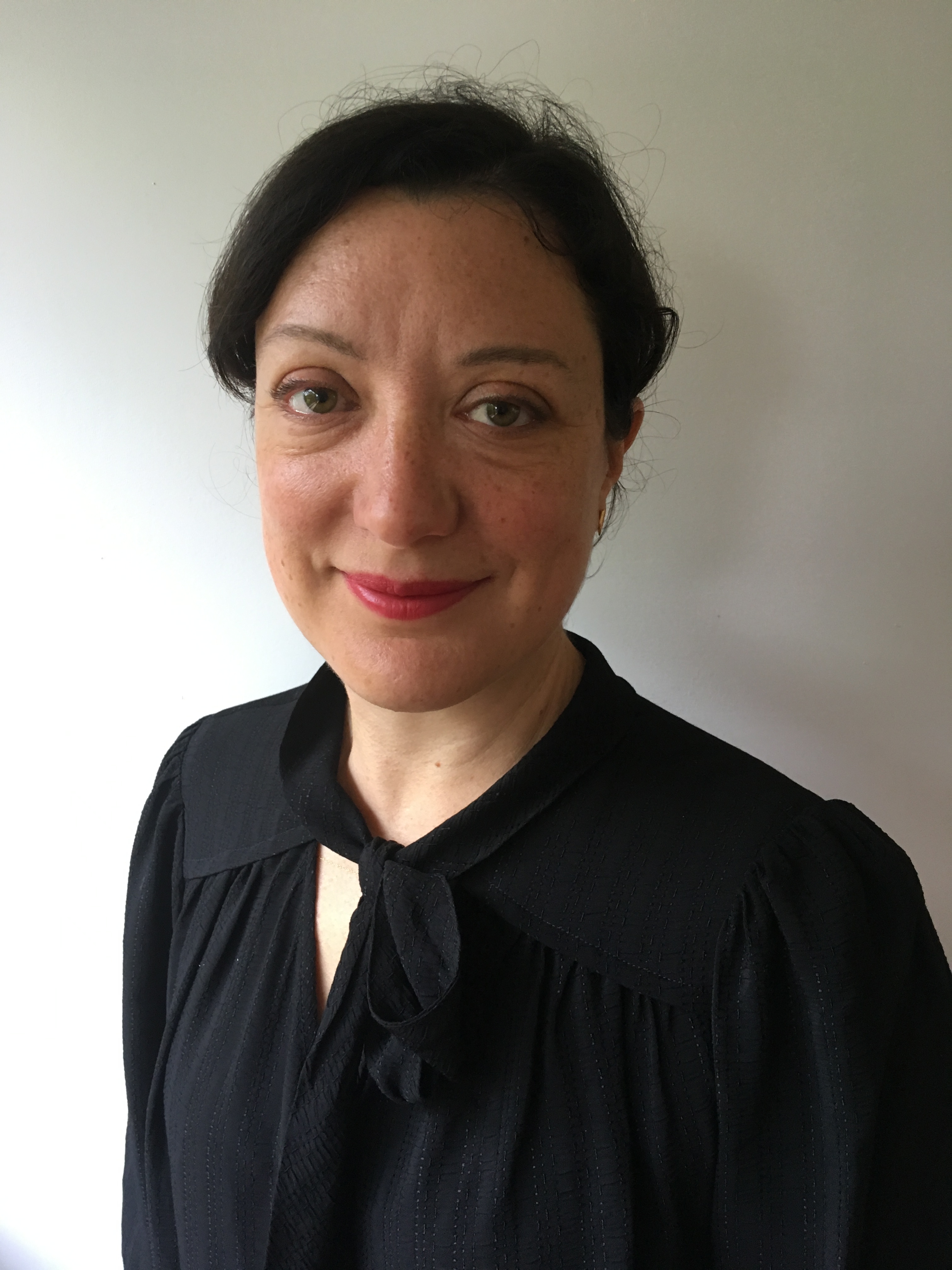Delivering “huge change management projects” in the cultural sector

Jo Dunnett is a project and programme management consultant at Counterculture, and one of a small number of project directors working on capital projects in the cultural sector (you can read about the other movers and shakers in the summer 2024 issue of Project).
Having worked as a client-side project director on construction projects for cultural institutions around the world, she has woven together commercial acumen, construction know-how and a deep knowledge of what makes museums, galleries and other cultural institutions tick.
Critical skills for projects in cultural institutions
So, how did Dunnett make it to the top? In the 1980s, while in her early 20s, she started running teams of designers and architects at design consultancy Fitch, working on interiors for Topshop and Topman.
“I learned how to deal with people, manage teams, use diplomacy and show by example – all those kinds of things, which [became a core part of] my skillset much later when handling much more difficult, political high-worth projects,” she says.
She then became Exhibitions Director at London’s Institute of Contemporary Arts.
“I learned every single aspect of running a museum,” she explains. This held her in good stead for her move to London’s Design Museum in the mid-1990s, where she worked on projects to tight deadlines. “An exhibition is a project really.”
It's her commercial and construction experience, married to her understanding of how exhibitions, curators and art institutions work, that has made her a success.
“Those two skills became absolutely imperative for the building projects that I actually ended up running for the client.”
Becoming the trusted voice of the gallery
As Project Director at the Whitechapel Gallery for a major capital works project to turn the council-run former library next door into an extension of the gallery, she found herself working alongside the construction project team, architects and designers. She was there to represent the gallery, its director and trustees.
After eight years on the project, she went to work on the Tate Modern extension in a similar role, then worked on the National Portrait Gallery’s remodelling and a big strategic project for the National Gallery.
She describes the work of client-side project directors as navigating the complexities unique to cultural institutions.
“When you’re talking about huge change management projects, which a lot of these building projects are, it's incredibly complicated. To deliver an extension, a new museum or a renovation, you have to talk to a lot of people.
“You need the backing of the senior responsible officer and that is the most senior person in the institution. So you are their voice, and the person you’re speaking to knows that their views will be taken into account and that will go directly to the people that matter.”
Translate complex reporting for non-experts
An important part of her role is to translate the “mind-boggling” complexity of programme management into information that trustees can relate to. “What you need to do is make sure that all reporting is simple.”
Perhaps the most important skill you need as a senior project professional is “unpicking on both sides what’s important, timely and understandable. From the consultant side, it's important for them to understand that they are dealing with a different kind of client and that their reporting mechanisms are as clear as they possibly can be.
“And on the client side? That you make sure that the reporting is timely and honest – but to be able to do that, you need the trust of people. It’s getting people to understand that you know about their business, about their skills on both sides of the fence.”
It requires a passion for both the client and the consultancy sides of a project, she says.
Combining creativity and construction for a rewarding career
What does Dunnett enjoy about her work?
“It's really the architecture and the content – which normally in my case is working with fantastic architects and designers and putting into place wonderful art, sculptures, shops and restaurants. I mean, there’s nothing like great museum."
Read the summer 2024 issue of Project to find out more about what it takes to direct projects and programmes at the National Gallery and the Science Museum.
You may also be interested in:


0 comments
Log in to post a comment, or create an account if you don't have one already.